How to pump a bike wheel
Published at November 20, 2023
So you need to pump a wheel? This is easy, but you need to get several things right. Also you may want to think about why is it go flat in the first place. Check out the very end of the article for that.
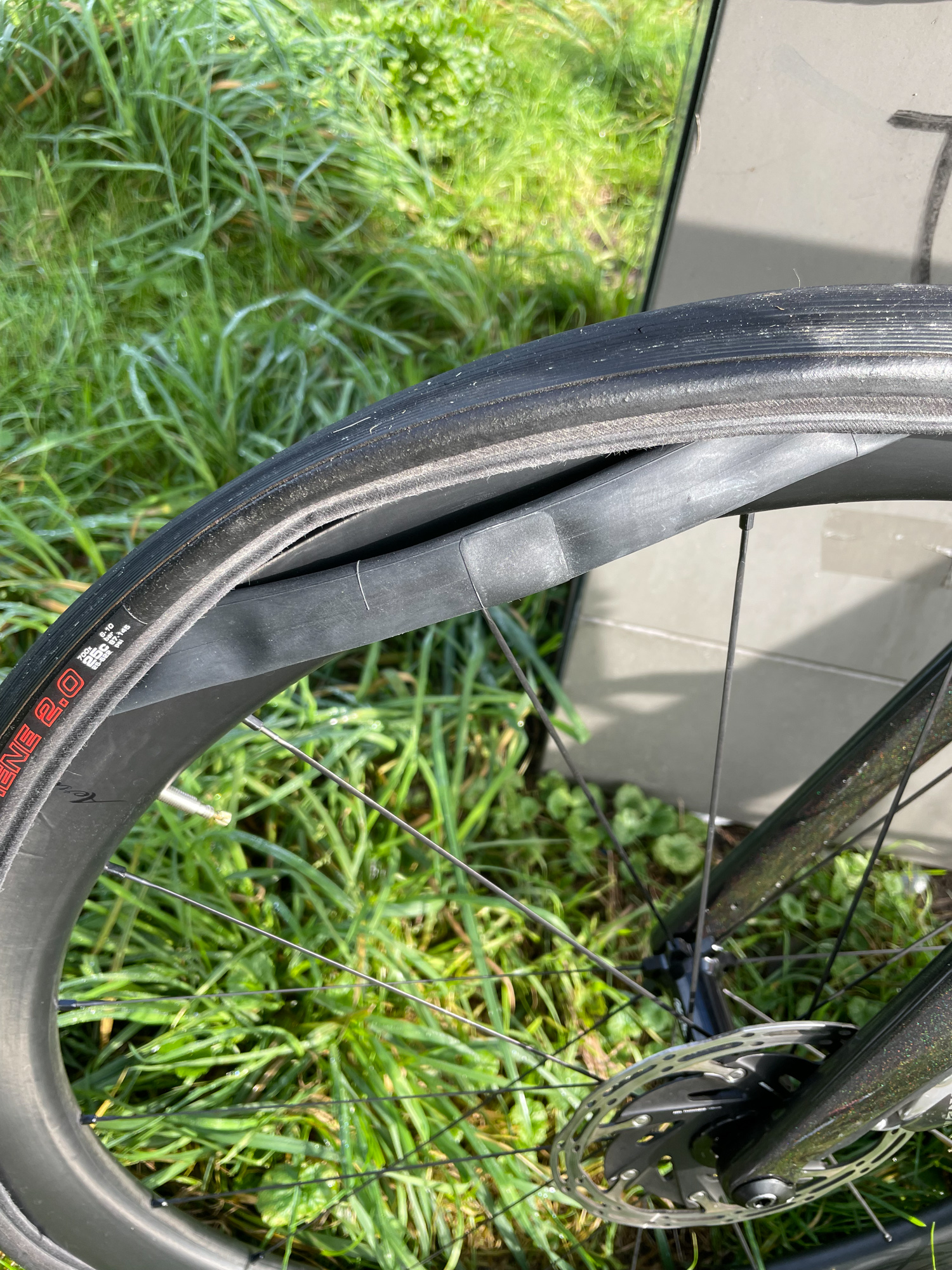
What you will need:
Well, most surely you will need a pump. It need to have correct type of socket for your valve. Luckily, there are just two and most common floor bicycle pump have them both onboard.
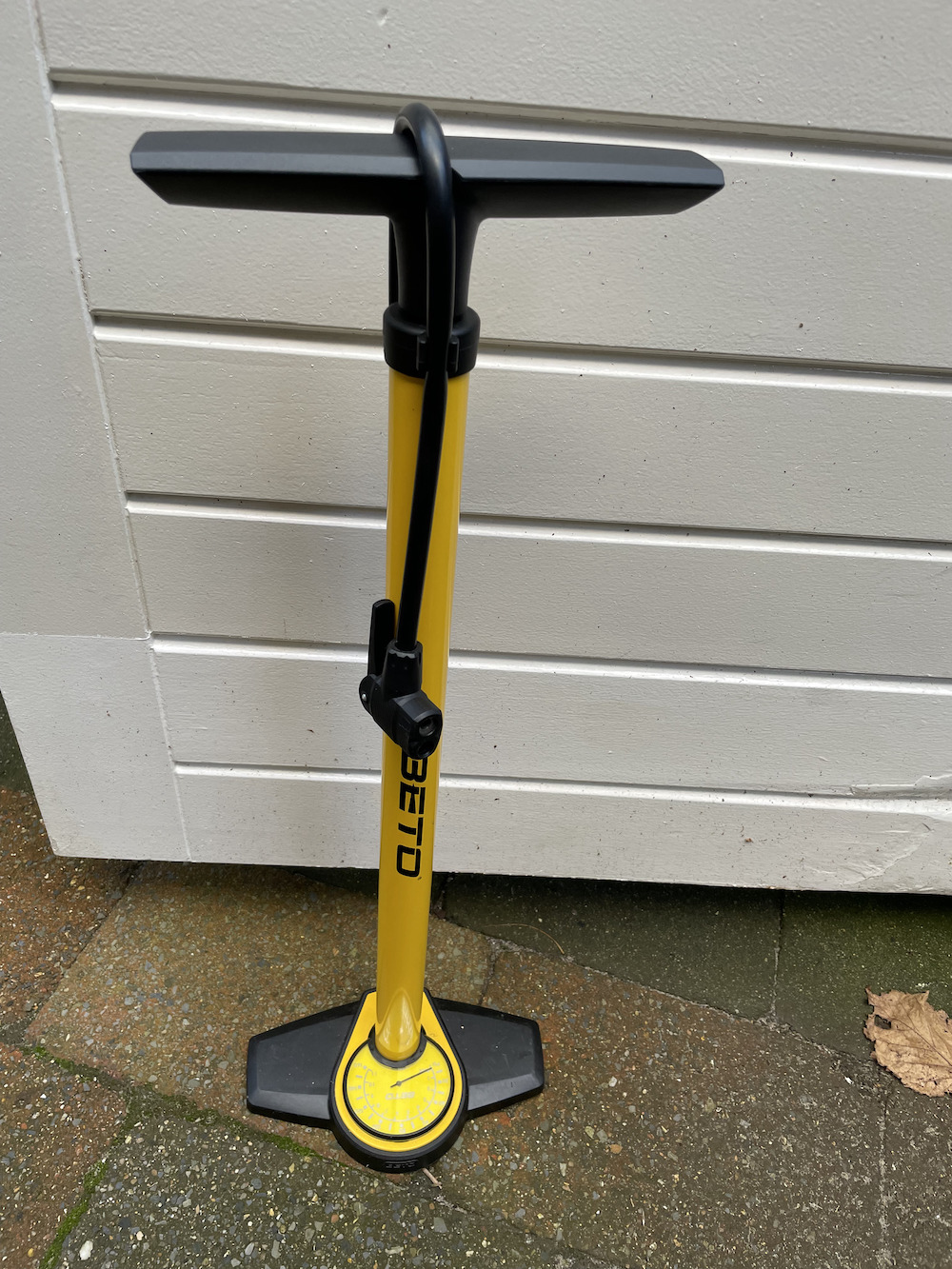
- Smaller socket goes for Presta and Dunlop valves (see below).

- Bigger socket goes for Schrader valve (pictures below will help you with that).
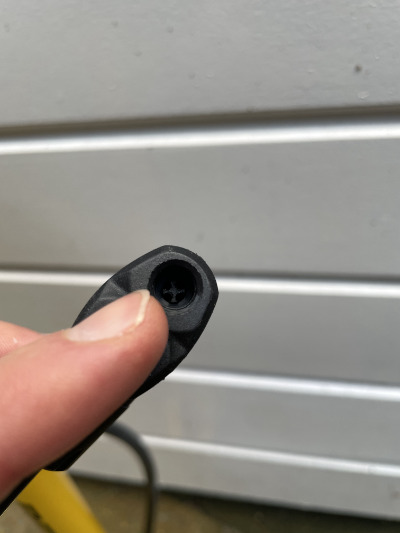
How hard should you pump a tire
Most tires have a designated inflation range. It is written on a tire sidewall. Check your tire for this marks. It is important for your safety to keep it inside that range. Here are some examples of pressure guidance marks:
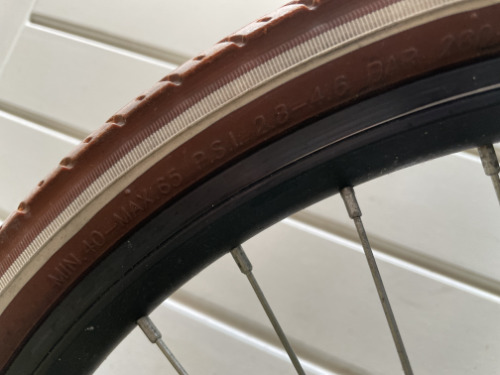
What will happen if the pressure is not within a range?
-
Under-inflation. You’re risking to damage inner tube on bumps, potholes and other obstacles when you hit them hard. The rim will “bite” your tube and pinch it, especially under heavy load. You may also damage a rim and other wheel parts.
-
Over-inflation. Well, it can basically explode. Also excessive pressure can damage rim walls. Technically, you have to check rims specification for maximum pressure they can take and match it with tires pressure, but it mostly applies to road bikes that are running more that 90 PSI.
Identify valve type and how to inflate tires accordingly
First thing you need to do is to compare valve on your wheel with one of the pictures below and identify its type.
There are three most common valve types and you most surely have one of them. But to confuse everybody, every valve type have several names (because in different countries people call them differently).
Presta valve
Alternative names: French, FV, Scalverand
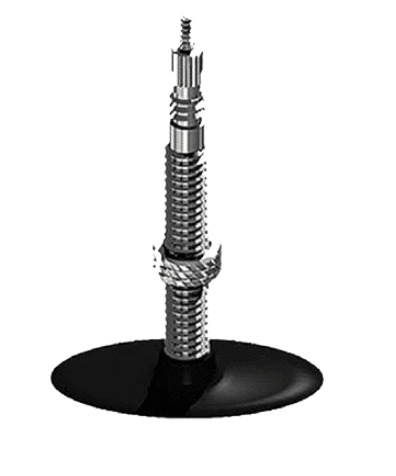
How to inflate:
- If valve have a plastic dust cap unscrew it and put aside
- Note a small nut on the top. You need to unscrew it until it stops. Be careful unscrew only the nut, but not the valve core instead.
- Attach smaller presta/dunlop pump head and tighten it either with a lever or screw-on depending on you pump model.
- Start pumping and do it until pressure is within recommended range.
- Once finished, undo the pump and follow the steps in reverse order. Don’t forget to tighten the top nut.
Possible issues:
-
Sometimes, especially when wheel still have a lot of pressure in it there might be difficulty with unlocking the core and letting the air into the tire. In this case if pressing pump lever harder is not working, press on the core top to let some air out. Unlocking the core will be easier after that.
-
There are models of presta valve with removable core. If you accidentally unscrew it, valve won’t be able to hold air. Fix it back either with a special tool or (very carefully) with a pliers.
Dunlop valve
Alternative names: Woods, DV
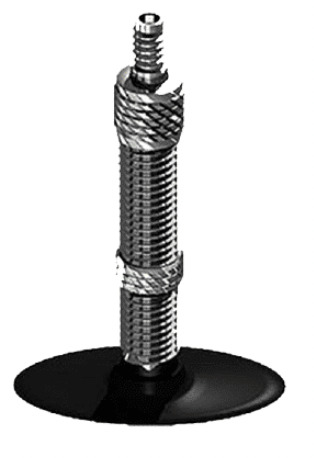
How to inflate:
In an essence, you just attach a pump and inflate it. No tricks, it’s super-straightforward.
- If valve have a plastic dust cap unscrew it and put aside
- Attach smaller dunlop/presta pump head and tighten it either with a lever or screw-on depending on you pump model.
- Start pumping and do it until pressure is within recommended range.
- Once finished, undo the pump and follow the steps in reverse order.
Possible issues:
If the air is refusing to go into tire, there might be dirt inside valve blocking the airflow. You can try to disassemble it, blow inside to remove debris and reassemble. There is no tricks apart from that, this valve is really simple. If it still refuses to inflate, and you think it’s broken for good, you can buy cheap tire with the same valve and replace its core.
Schrader valve
Alternative names: Automotive, Moto, AV
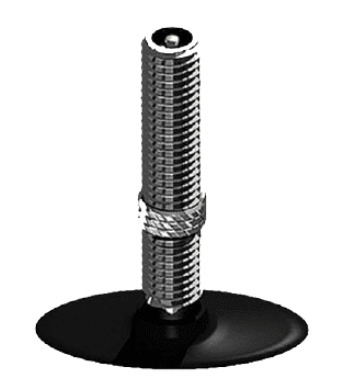
It’s the same thing as with Dunlop - just attache the pump and do it. By the way, it’s the same valve as on your car, so car pump might work. Just watch out for pressure marks.
- If valve have a plastic dust cap unscrew it and put aside
- Attach smaller dunlop/presta pump head and tighten it either with a lever or screw-on depending on you pump model.
- Start pumping and do it until pressure is within recommended range.
- Once finished, undo the pump and follow the steps in reverse order.
Final considerations
Check that your tire is not letting the air out after pumping. If you hear hissing sound or it’s goes flat either immediately, or after short ride, then you have a problem and might need to replace an inner tube.
Tires loosing pressure after some time is pretty normal. It’s a good practice to check pressure regularly and maintain it within specified range.
Have a nice ride!